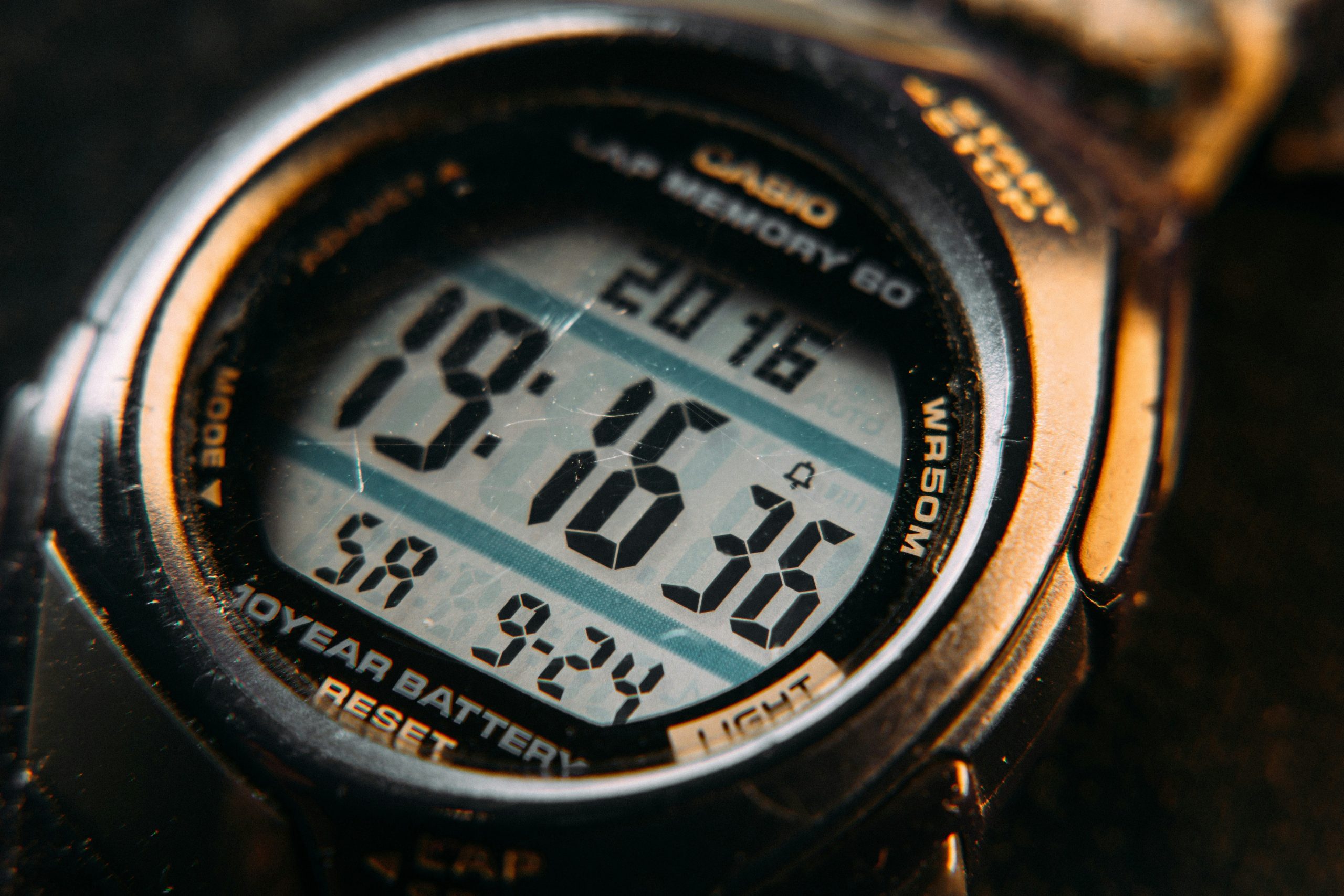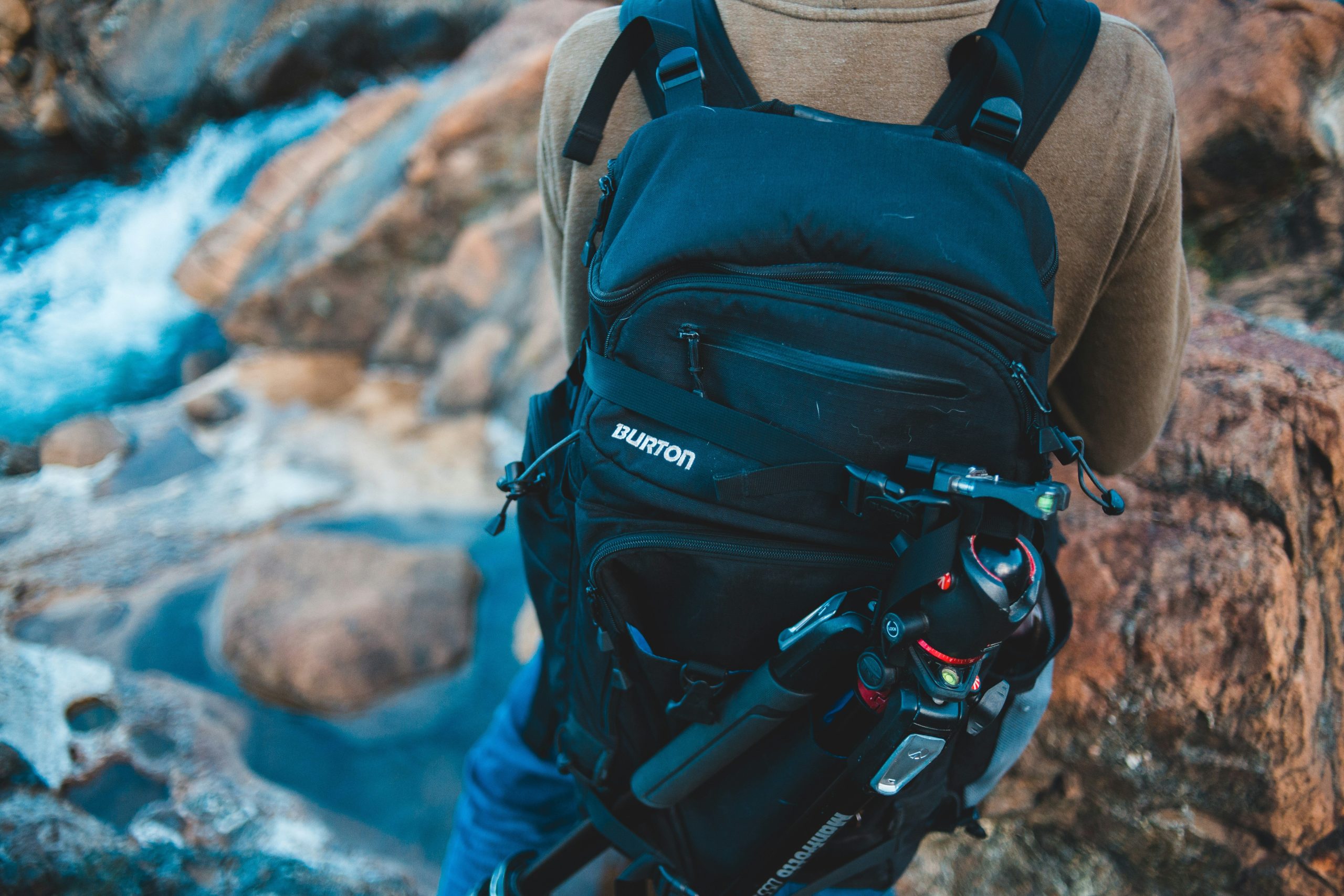Ever wondered why your smartwatch is suddenly telling you how high above sea level you are? Whether you’re an outdoor adventurer or just someone who loves cool tech, watch altimeters embedded in modern smartwatches have taken wearable technology to dizzying new heights. In this post, we’ll cover the latest smartwatch news, unpack the rise of watch altimeters, and give you actionable insights on how to make the most of this feature.
Table of Contents
- Why Watch Altimeters Matter
- Step-by-Step Guide to Using a Smartwatch Altimeter
- Top Tips for Getting the Most Out of Your Watch Altimeter
- Real-World Examples Showcasing Smartwatch Altimeters in Action
- FAQ on Watch Altimeters and Smartwatch News
Key Takeaways
- Watch altimeters are becoming a staple in modern smartwatches due to their utility in hiking, aviation, and even daily fitness tracking.
- Using a smartwatch altimeter requires understanding calibration and environmental conditions.
- The future of smartwatch news points toward more integration of advanced sensors like altimeters.
Why Watch Altimeters Matter
Let’s talk about my biggest blunder with wearable tech. I once ignored the “calibrate your altimeter” alert because—well, honestly, it looked like too much effort. Fast forward to me being 200 feet off during a hike, thinking I was conquering a peak when I wasn’t even halfway there. Facepalm moment? Absolutely.
The thing is, watch altimeters aren’t just fancy gadgets—they’re literal lifesavers in some cases. Climbers, pilots, skiers, and hikers rely on them for safety and precision. And guess what? These features are now standard in top-tier smartwatches like the Apple Watch Ultra and Garmin Fenix series. If you haven’t noticed yet, these devices use barometric pressure sensors to calculate altitude changes in real-time. Pretty slick, right?

Optimist You: “This sounds amazing! Let’s jump into using one!”
Granny You: “Hold up. First, you need coffee… lots of it.”
Step-by-Step Guide to Using a Smartwatch Altimeter
1. Check Compatibility
Not all smartwatches come equipped with an altimeter. Do some digging—check product specs or look for phrases like “barometric sensor” in the description. Brands leading the charge include Apple, Garmin, Suunto, and Polar.
2. Calibrate Your Device
No joke, skipping this step can ruin your entire experience. Here’s how to do it:
– Find a known location with accurate elevation (Google Maps helps here).
– Open your smartwatch’s settings menu and follow prompts to input the correct elevation.
– Keep it updated regularly if moving between locations.
3. Use During Outdoor Activities
Once calibrated, simply activate the altimeter app while hiking, biking, or skiing. The digital display will show current altitude, ascent/descent rates, and sometimes even historical data.

4. Interpret Data Post-Activity
Sync your smartwatch with apps like Strava or Garmin Connect to review detailed stats about your journey—because seeing how far you’ve climbed feels oh-so-satisfying.
Top Tips for Getting the Most Out of Your Watch Altimeter
Here’s where things get juicy. Below are five tried-and-tested tips—plus one terrible tip thrown in for fun.
- Keep Your Firmware Updated: Manufacturers frequently release updates to improve accuracy and add new functionalities.
- Avoid Sudden Weather Shifts: Barometric sensors hate storms (yes, dramatic much?). Bad weather can skew readings, so take precautions.
- Pair with GPS: Combining GPS tracking with altimeter data gives you pinpoint accuracy—not unlike having a tiny co-pilot strapped to your wrist.
- Don’t Rely Solely on It for Critical Situations: While helpful, no device is foolproof. Always carry backup navigation tools when venturing outdoors.
- Use as a Daily Tracker: Even non-adventurers find value in monitoring vertical activity. Stairs climbed = bragging rights at work!
- [Terrible Tip Alert]: “Ignore calibration warnings—it’s probably fine.” Spoiler: It’s not fine. Don’t be lazy.
Real-World Examples Showcasing Smartwatch Altimeters in Action
Tell me something—did you know that professional mountaineers trust smartwatches with integrated altimeters to plan expeditions? Take climber Alex Honnold, who uses his Garmin device to track progress up massive cliffs. Similarly, adventure racer and endurance athlete Kyle Richardson credits his smartwatch’s altimeter with helping him navigate complex terrains without relying solely on external gear.

FAQ on Watch Altimeters and Smartwatch News
Are All Smartwatches Equipped with Altimeters?
Nope. Budget-friendly models typically skip advanced sensors like barometers. Stick to premium brands for full functionality.
Can I Trust My Smartwatch Altimeter for High-Stakes Tasks?
For casual hikes, yes. For critical missions like search-and-rescue operations, supplement with additional gear.
What’s Next in Watch Altimeter Technology?
Smartwatch news predicts AI integration to provide predictive analytics based on altitude trends. Imagine knowing exactly when stormy weather might hit mid-climb. Chef’s kiss for tech enthusiasts!
Conclusion
To recap, smartwatch news shows us that watch altimeters aren’t just gimmicks; they’re powerful tools transforming everyday wearables into indispensable companions. By learning how to properly calibrate and utilize these features, you unlock endless possibilities for both recreation and productivity.
So go ahead—grab that cup of coffee and start exploring the skies (and mountains) from your wrist!
Oh, and before we part ways—how about a quick haiku?
Altimeter hums,
Above earth’s green embrace it soars,
Mountains whisper tales.


